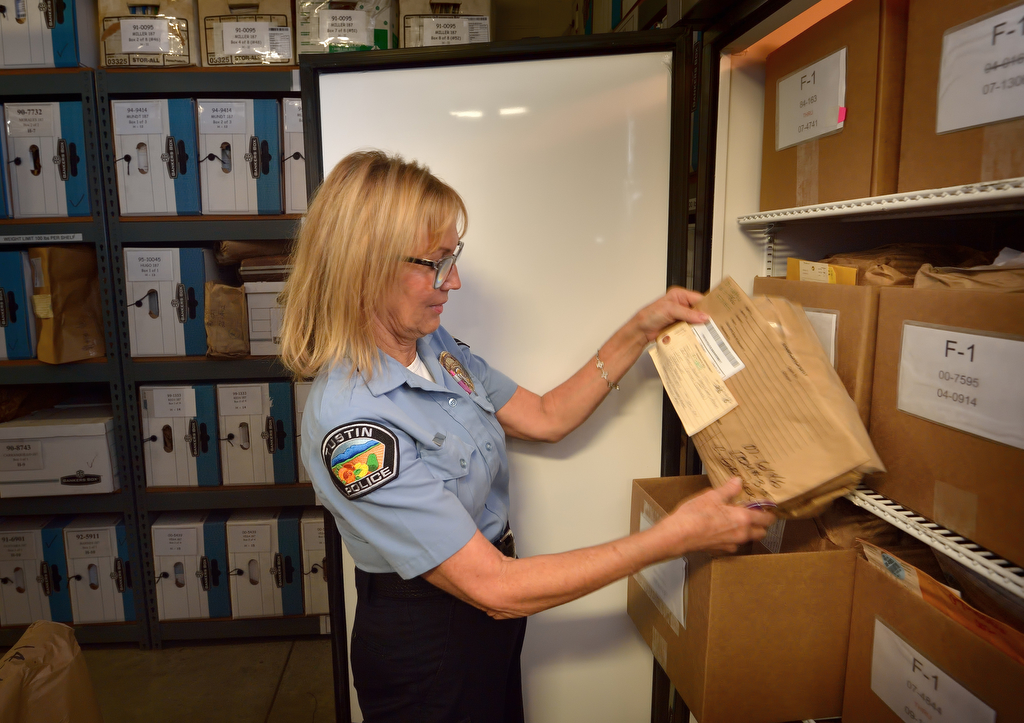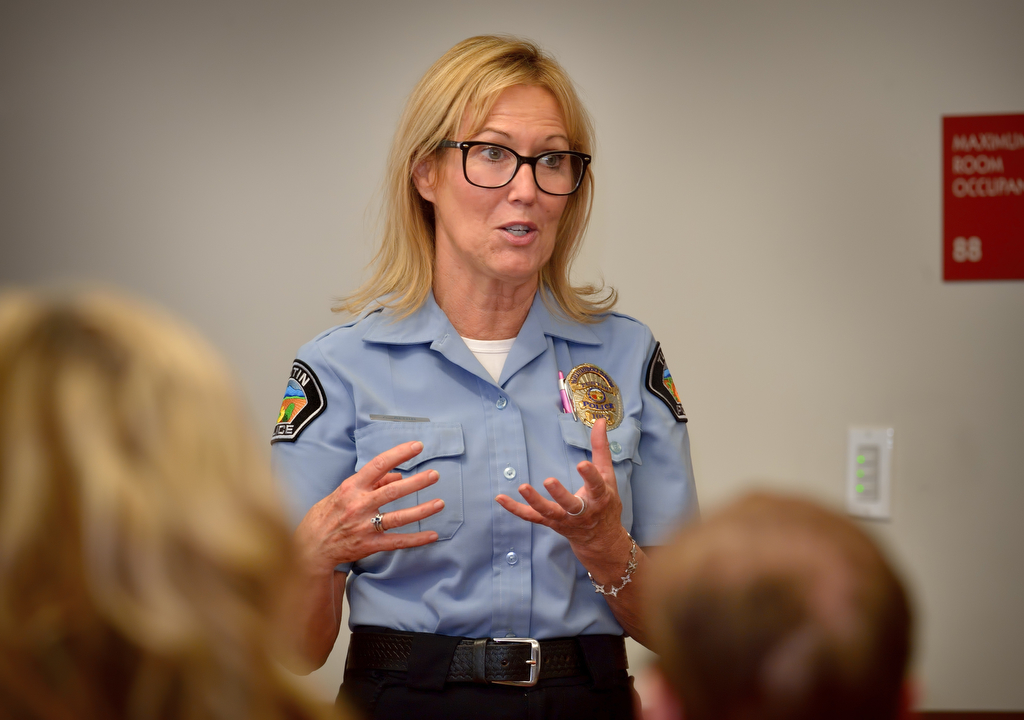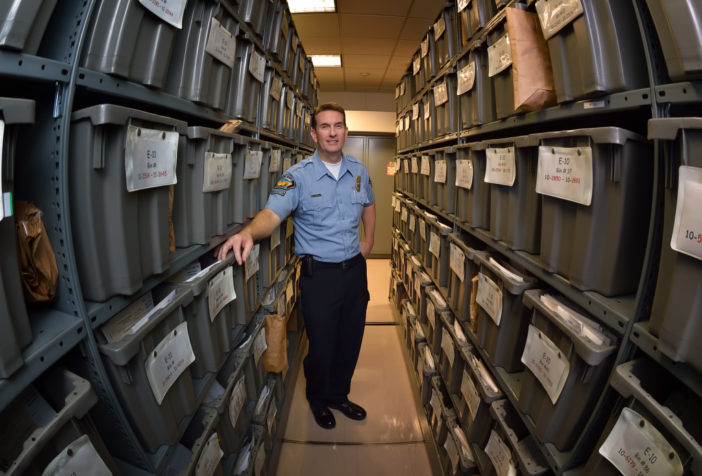For 16 years, a man served time in prison for a crime he didn’t commit.
The facts against Kevin Green in 1979 were strong.
His wife told police she remembered seeing her husband enter her bedroom before being brutally attacked.
Dianna Green was viciously beaten with a 2×4, raped and strangled. Her unborn child died several hours after the attack.
DNA evidence at the time was limited to confirming blood type, but it matched Green’s.
Nearly two decades later, a Tustin detective re-investigated the case and, armed with advancements in DNA testing, was able to prove Green’s innocence and identify the real attacker: Gerald Parker, the notorious “Bedroom Basher.”
The evidence that was key in exonerating Green: a pristinely stored rape kit from 1979.
The expert and tenacious work by former Tustin PD Detective Tom Tarpley, who is now retired, that led to Parker’s confession and conviction is undeniable.
But there is a less visible group of police employees who played an equally important role in freeing Green: Tustin PD’s Property and Evidence team.
“Everyone is really proud of that case,” said Andrea Albin, Property and Evidence Specialist. “The team so carefully kept the evidence that we were able to determine who the DNA samples belonged to all those years later.”
A case like Green’s emphasizes the vital role properly organizing and storing evidence plays in police work.
It’s a job, Supervisor Dave Kanoti said, often goes unnoticed because he and his colleagues work behind secured doors where only a handful of employees have access.
“We do a lot, but you wouldn’t know it on the surface,” Kanoti said. “Nobody sees what we do because we work from a window.”
STORING THE STRANGE AND VITAL
Rows of boxes, envelopes and plastic containers are meticulously organized and stacked on shelves.
A massive walk-in freezer houses bulky DNA evidence, and an industrial refrigerator is where the team keeps more delicate specimens, such as blood samples.
Weapons — from nunchucks to guns to samurai swords — are stored in a fenced-off area on the lower level.
About once a year, many of those weapons get cleared out and destroyed at a local scrap yard.
Also behind lock and key: the area where drugs and money are kept.
“Take a whiff,” Kanoti said, addressing the faint but distinct smell emanating from the shelves. “It used to be a lot worse when officers were finding and bringing in actual marijuana plants.”
Cash gets deposited — Kanoti said they only keep evidentiary money on site — and drugs eventually get destroyed at an outside facility.

Andrea Albin, property and evidence specialist for Tustin PD, holds a package containing DNA evidence, victims clothing from a 2002 rape case, that is kept in refrigerated storage inside the Tustin PDÕs evidence room.
Photo by Steven Georges/Behind the Badge OC
All kinds of strange things can be found in the property and evidence room, such as a rooster statue from a domestic violence case and an urn filled with ashes found in a carport of an apartment complex.
The rules of property and evidence are rigid and explicit, which is how Tustin PD maintains its reputation as a solid operation.
“If we botched one case or put doubt in the way we’ve handled something, it can get used against us in the future,” Kanoti said. “It’s very important.”
RULES OF EVIDENCE
More than 55,000 items are stored in Tustin’s property and evidence room, and last year the team booked in more than 17,000 articles.
Much of what fills the facility is evidence, but there are also found items and articles taken in for safekeeping, which are often returned to the rightful owner.
Just as important as booking items in is making room for new ones.
“We spend a lot of time researching cases to see if they’re closed and if we’re able to get rid of things,” Albin said. “We don’t make that decision ourselves.”
There are a variety of reasons articles may be pulled from the shelves, including when certain cases are adjudicated or the statute of limitations expires.
The team last year purged more than 14,500 items.

Andrea Albin, property and evidence specialist for Tustin PD, talks to a citizens academy class about the roll of a property and evidence department.
Photo by Steven Georges/Behind the Badge OC
With so much coming in and going out, Kanoti said the team routinely participates in independent audits to ensure they are keeping up with their self-imposed high standards.
“We invite people from other agencies, have them randomly choose 200 items and say, ‘Let’s go find it’,” Kanoti said. “It’s the only way we can be transparent in a closed environment.”
Kanoti and Albin, both self-proclaimed lovers of all things orderly, said the greatest part about their job is knowing their work can help convict a criminal or, in some cases, exonerate the innocent.
“It is not something we take lightly,” Kanoti said. “If we are not doing our job, we let the community down.
“Our job is to take care of our employees and the public by taking care of the evidence.”
 Behind the Badge
Behind the Badge



